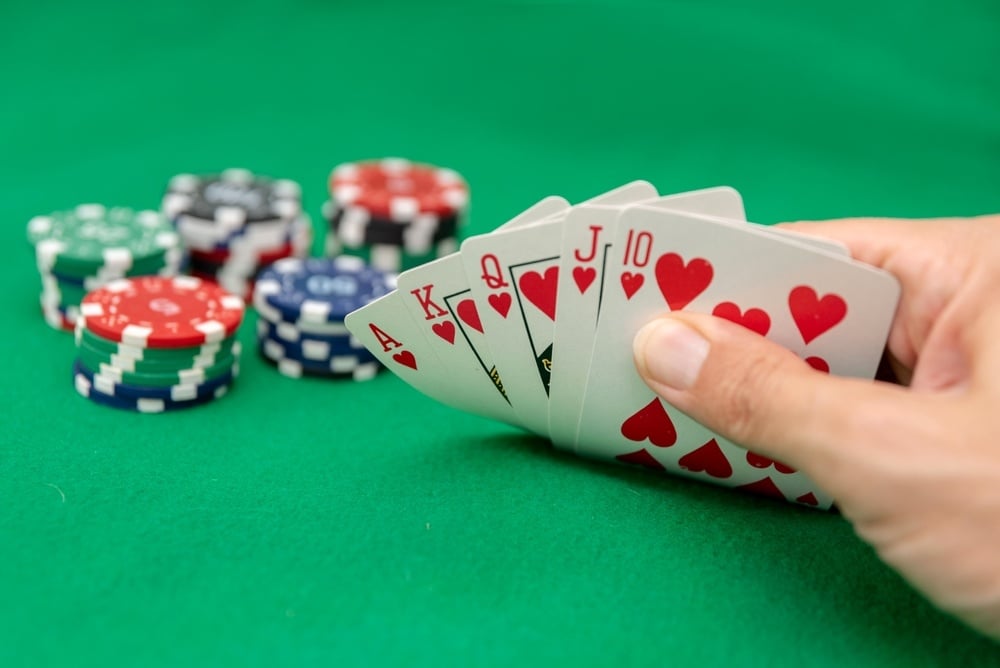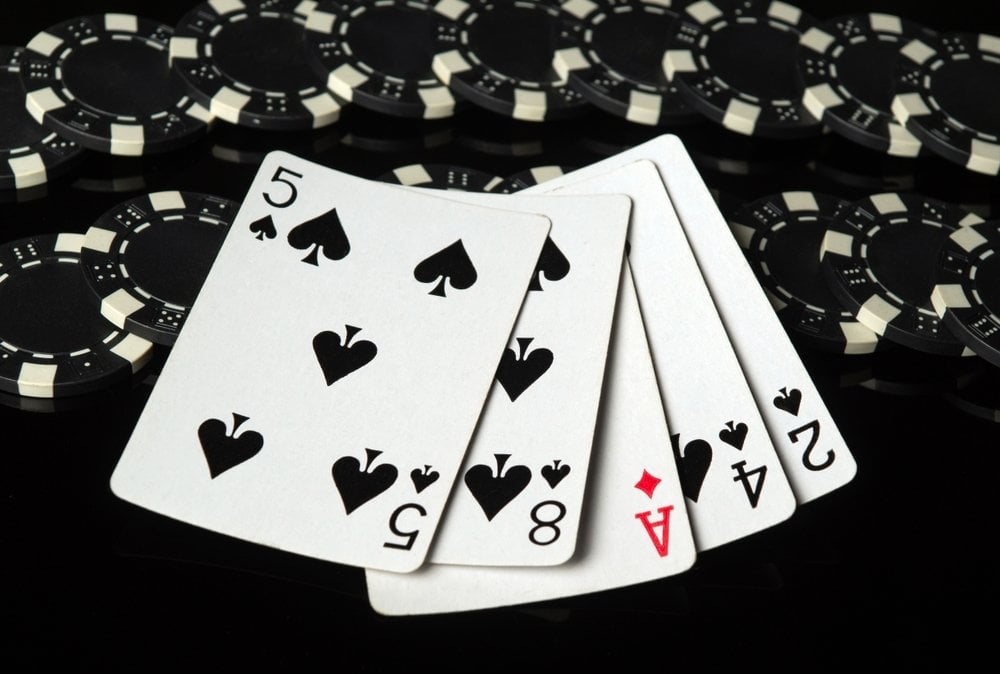Winning with 3 Card Poker: Strategies, Rules, Odds, and Expert Tips

Essential Insights Before You Play 3 Card Poker
Before diving into 3 Card Poker, having a solid understanding of the game’s structure and strategy can make the difference between random betting and informed play. To maximize your chances at the tables, focus on these key elements:
- Grasp the complete rules, hand rankings, and the basic flow of 3 Card Poker.
- Learn when to make the Ante bet, raise, or fold depending on the strength of your hand.
- Get to know the optional Pair Plus side wager, including its potential payouts and inherent risks.
- Practice disciplined bankroll management to enjoy longer, more sustainable sessions.
- Observe the dealer and other players for betting patterns to inform smarter gameplay decisions.
3 Card Poker is now a fixture in both brick-and-mortar and online casinos, appealing to fans of Texas Hold’em and other poker games seeking a faster-paced, easy-to-learn experience. Although related to classic poker, 3 Card Poker offers unique rules, betting options, and strategies. Read on for a comprehensive guide to rules, strategic betting, and tips for boosting your results.

How 3 Card Poker Works: Rules and Gameplay
Unlike traditional poker games where players compete against one another, 3 Card Poker is a table game in which each player is on a quest to beat the dealer’s hand. This casino adaptation eliminates bluffing, streamlining play and focusing on optimal hand selection.
The game uses a single 52-card deck, typically shuffled by an automatic machine to ensure fair, speedy dealing. Your objective is to create the best possible three-card poker hand-once dealt, those are the only cards you'll play. No drawing, discarding, or trying to out-bluff an opponent.
Since there are just three cards per hand, the ranking system changes slightly. In this variant, a straight outranks a flush, as flushes are mathematically easier to achieve with three cards. Here’s how hands are ranked, from strongest to weakest:
1. Straight flush - Three consecutive cards of the same suit (e.g., 9♠ 10♠ J♠).
2. Three of a kind - All three cards of the same rank (e.g., K♣ K♦ K♥).
3. Straight - Three cards in sequence, any suits (e.g., 2♦ 3♣ 4♥).
4. Flush - Three cards of the same suit (e.g., 2♠ 8♠ Q♠).
5. Pair - Two cards of the same rank (e.g., J♥ J♣ 5♦).
6. High card - None of the above (e.g., K♣ 10♦ 4♥).
3 Card Poker: Step-by-Step Gameplay Breakdown
Here’s a clear look at the flow and betting decisions in a typical 3 Card Poker round:
- Place an Ante bet to participate (your compulsory wager). You may also place an optional Pair Plus side bet, which pays out for hands of a pair or better, regardless of the dealer’s outcome.
- Receive three cards dealt face down. The dealer also gets three cards; you only need to beat the dealer’s hand.
- Decide to fold (forfeiting your Ante) or make a Play wager equal to your Ante to continue.
- If you continue, place your three cards face down under your Play bet (in land-based casinos) or click the Play option (online).
- Once all bets are in, the dealer reveals their hand and checks player hands.
- For you to win both the Ante and Play bets, the dealer must "qualify"-that is, have at least a queen-high hand.
- If the dealer does not qualify, your Ante wins and your Play wager is returned (a push).
- If the dealer qualifies and your hand ranks higher, you win even money on both Ante and Play bets.
- If you lose, you forfeit both bets.
- Pair Plus bets are evaluated and paid out separately, regardless of the dealer’s qualifying hand or your outcome against them.

3 Card Poker vs. 3 Card Brag: Key Differences
It’s common to confuse 3 Card Poker with the classic British game 3 Card Brag. The original Brag is a player-vs-player game with rounds of betting and frequent bluffing, ultimately leading to a showdown. However, the casino version of 3 Card Brag closely resembles 3 Card Poker: players only compete against the dealer, and bluffing is not a component. When playing in a casino, treat both as games against the house rather than other players.
Playing Optimally: Foundational 3 Card Poker Strategies
The limited number of cards means premium hands-pairs, three of a kind, or straight flushes-are rare. This underlines the appeal and higher payouts of the Pair Plus bet. But what’s the best way to play most hands?
- Experts recommend always playing hands of Q-6-4 or higher. This means any pair, any ace-high hand, and queen-high rating at least 6-4 should be bet.
- Any hand below Q-6-4 is statistically weaker and should be folded.
For example, with J-10-5 or Q-5-4 you should fold, even though Q-high sounds strong. Q-6-4 is the minimum that balances risk and potential profit over time.
Pair Plus side bets often look tempting, but remember: the house edge for these bets hovers around 7% (varying by casino rules). While tempting, it’s typically best to use this bet sparingly, treating it as a high-risk occasional bet rather than a mainstay.
Understanding Wagers: Odds and Payouts in 3 Card Poker
Both the Ante and Play wagers pay out at 1:1 (even money). Pair Plus bets offer higher rewards for premium hands, with the paytable usually set as follows:
| Hand | Pair Plus Payout |
|---|---|
| Straight Flush | 40 to 1 |
| Three of a Kind | 30 to 1 (sometimes 25 to 1) |
| Straight | 6 to 1 (sometimes 5 to 1) |
| Flush | 3 to 1 (sometimes 4 to 1) |
| Pair | 1 to 1 |
If you place a $5 Pair Plus bet and hit a straight flush, you’ll receive $200 plus your original wager.
Many casinos also award an Ante Bonus for strong hands achieved on the Ante/Play bet, paid out as follows:
| Hand | Ante Bonus |
|---|---|
| Straight Flush | 5 to 1 |
| Three of a Kind | 4 to 1 |
| Straight | 1 to 1 |
Calculating Your Chances: House Edge and Payouts
Compared to other poker variants, 3 Card Poker’s house edge stands at about 3.37%, which can be reduced to approximately 2% by consistently using recommended strategies-namely, sticking to the Q-6-4 guideline. This is higher than games like blackjack (which can dip below 1% with perfect strategy), but lower than many other casino poker games.
Strategic folding, avoiding risky side bets, and only wagering with strong hands will keep your losses to a minimum and give you the best shot at walking away a winner.

Pair Plus: What Are Your True Odds?
Many are drawn to the Pair Plus bet, but premium hands are rare in three-card deals. Statistically, you’ll receive a pair in only about 17% of hands. Even then, the payout is only 1:1, so chasing higher rewards should be done cautiously and without risking too much of your bankroll.
Improving Results: Advanced 3 Card Poker Tips
Set yourself up for success by following these actionable strategies:
- Stick to the Q-6-4 rule to maximize positive expected value and minimize losses from weak hands.
- Limit or avoid the Pair Plus bet, especially if you’re trying to protect your bankroll.
- Don’t get carried away playing multiple hands at once, even if the casino allows it. This can drain your funds faster without improving odds.
- Observe the dealer and table flow, using betting patterns (and not just luck) to guide your play.
Table Etiquette: Should You Tip the Dealer?
While not required, occasionally tipping a friendly, efficient dealer is appreciated and fosters a positive atmosphere. Some players believe a small tip can be good luck, but view it as a personal choice, not an obligation.
Your Guide to Playing 3 Card Poker Online
Thanks to the rise of regulated online casinos, 3 Card Poker is now accessible to players everywhere-from your desktop or mobile device. In live dealer games, real cards are shuffled and dealt by a human host; in digital versions, a random number generator determines the outcome. The rules, house edge, and most gameplay aspects remain identical.
Online play often lets you wager lower minimums than brick-and-mortar venues, and you don't need to worry about intimidating surroundings. Gameplay can move faster, so keeping an eye on both your wagers and time spent at the table is important. Always stick with reputable casino sites to ensure fair dealing and the security of your funds.













